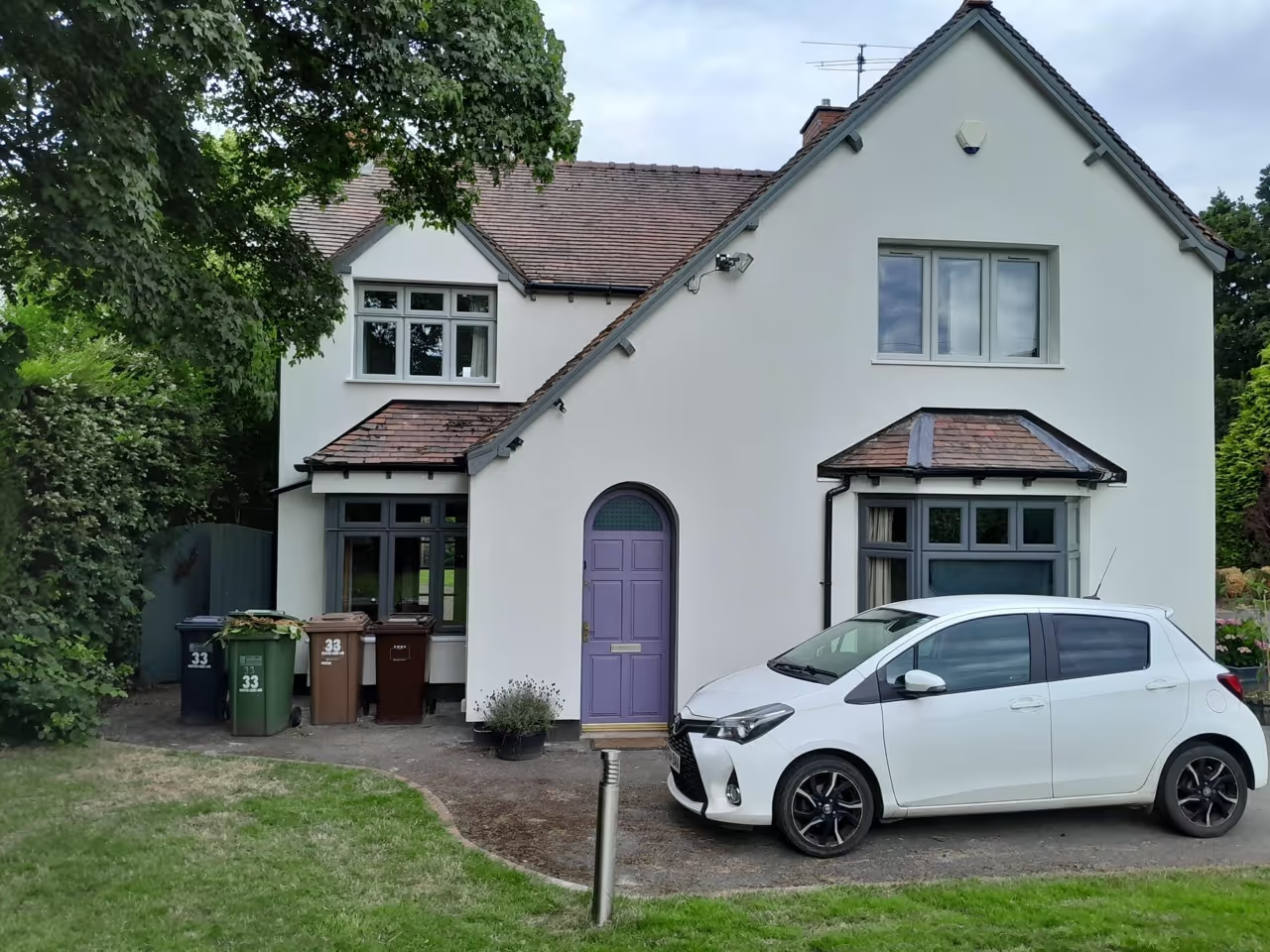
Are you looking to give your home a fresh, new look? House rendering is a fantastic way to enhance your property's appearance and increase its weather resistance. This guide will walk you through the key steps of the rendering process, so you know exactly what to expect when hiring a professional rendering company. Let’s get started on your home transformation journey!

External wall rendering involves applying a protective and decorative layer to a building’s exterior walls. This layer can be made from traditional sand and cement mixes or modern materials like silicone and acrylic-based renders. The main purpose of rendering is to shield buildings from weather elements like wind, rain, snow, and ice, which can cause structural damage over time.
Rendering is very versatile and can be applied to various surfaces such as stone, brick, concrete, and even over existing renders to improve insulation or update the building’s appearance.
In addition to protection, rendering enhances a building's thermal performance. By adding insulation beneath the render, known as External Wall Insulation (EWI), the building retains more heat in the winter and stays cooler in the summer, leading to lower energy costs.

Generally, rendering or changing the colour of your house in the UK falls under “permitted development” rights, meaning you typically don't need planning permission. However, there are exceptions. If your property is a listed building, listed building consent is required. Additionally, for properties in designated areas such as National Parks or Conservation Areas, you will need to apply for planning permission through your local planning authority's planning portal.
House rendering costs vary depending on several factors, including the area your house renovation is in, the size and experience of your tradesperson, and the specifics of your house, such as the current wall condition and accessibility. Generally speaking, rendering your home can cost from just over £2,000 to upwards of £8,000.

Initial Wall Assessment: The rendering team will inspect your walls for any damage such as cracks or loose materials. They will clean the surface to ensure the render adheres properly. A clean and intact wall surface is crucial for the render to bond effectively, ensuring a long-lasting finish.
Application of Base Coat or Primer: Applying a base coat or primer helps prepare the wall surface for the render. This step ensures better adhesion of the render and helps create a smooth base for the application.
Choosing the Application Method: The professionals might use manual application or a machine for rendering. Both methods have their advantages; manual application is detailed, while machine application is faster and more uniform.
Mixing the Render: The render will be mixed to the right consistency by the team. Proper mixing ensures the render adheres well and cures correctly, avoiding future issues like cracking.
Applying the Render: The first coat of render will be applied uniformly across the wall. This initial layer sets the foundation for subsequent coats and finishes.
Drying Time: The render needs time to dry between coats. Adequate drying time prevents issues like cracking and ensures the render bonds well with the wall.
Types of Finishes: You can choose from various finishes like smooth, textured, or patterned. The finish determines the final look and feel of your rendered wall.
Creating the Finish: Different tools and techniques will be used to create the desired finish. Professional techniques ensure a high-quality, durable finish that enhances your home's appearance.
Painting or Sealing: Depending on the chosen finish, the render might be painted or sealed. This step protects the render from weather elements and adds an extra layer of durability.

In summary, house rendering offers a multitude of benefits that go beyond just improving the look of your property. It enhances energy efficiency, ensuring your home stays warm in winter and cool in summer, while also reducing energy bills. Rendered walls act as a durable shield against harsh weather, requiring less maintenance than exposed brickwork.
The process is relatively non-disruptive, making it an attractive option for homeowners. It is important to remember that proper application and maintenance are crucial for maximising the effectiveness and longevity of external wall rendering, so it is essential to seek professional expertise.
For expert advice tailored to your home’s needs, PD Rendering is here to assist. With over 15 years of experience in professional rendering and insulation services, we ensure your property receives the best care. Contact us today to learn more about how we can help transform your property.
